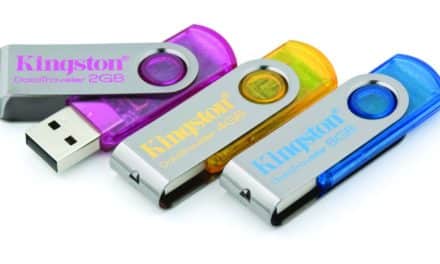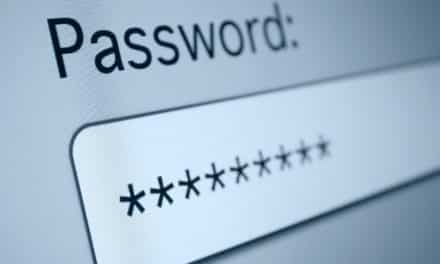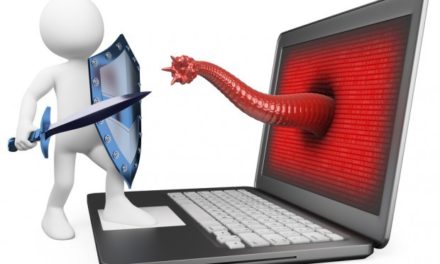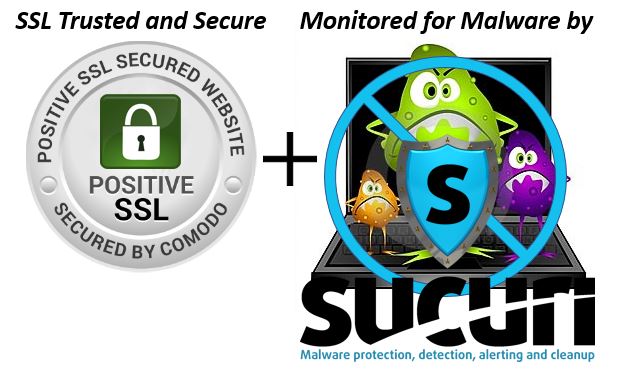
“World Backup Day 2011 – March 31st”
No kidding, is this day REALLY backup day? Well, no and yes. After opening the email I discovered that a guy up on Reddit.com started a message thread about how March 31st should be backup day, and then a bunch of other guys picked up on the idea, created a web site (www.worldbackupday.net), and then started telling folks about it.
If you visit the site, it has some sponsor ads (for various backup related services), but also includes some decent information about backing up your important computer files.
Alright, so I guess you COULD say that March 31st IS backup day, at least to these guys. But the point is, almost EVERY day should be a backup day for everyone, and the email that I got just reminded me that I need to remind you all about this every now and then.
So with this in mind, today I’m starting a new blog series entitled “Backups – Make Them a Priority”. In this series I plan on getting you the facts about backups, including what they are, when they should be done, and how to do them.
So let’s get started with Part 1…
What Is a Backup?
The term “backup” can mean different things to different people, but as it relates to computers, it refers to copying your most important files to a removable storage device that can safely stored away from your computer, in case something catastrophic happens.
Let’s clarify a few things that definition states:
Important Files
All your computer programs and everything you create and save on your computer are stored inside the computer on a storage device called a hard-drive (also called the ‘C: drive”). It’s this device that we are talking about “backing up”. But this is where folks sometimes get it wrong.The goal with a backup is NOT to copy the entire hard drive, but only copy those files that YOU have created and saved. Files like this include your picture files, word processing documents, and music files you’ve ripped or downloaded, etc. We’re talking about files that if lost, you couldn’t easily replace.
What you don’t need to backup is your programs, or even Microsoft Windows, because in the event that your hard drive fails and you have to start over, Windows and those other programs can be re-installed from the original discs they came on.
Removable Storage Device
One of the points of doing a backup is to make sure your important files are not lost in case of some catastrophe (house fire, stolen laptop, etc.), which is why it’s important to backup to a “removable” storage device that then be stored in a safe place. In these modern times we have lots of removable choices:
- USB Flash Drives – Flash drives have become a favorite storage device for a lot of folks, and with good reason. They are small, so you can store them just about anywhere, they are inexpensive (typically from $10 to $50), and are getting higher capacity every day. They are also fairly easy to use (you just plug it in and Windows will detect it as a storage device) and typically have a shelf-life of about 10 to 15 years.
- External Hard Drives – If flash drives don’t give you enough capacity for all your files, the next step up is an external hard drive. These devices plug into your computer using USB, and just like the flash drive, will be automatically detected by Windows as a storage device. Over the past four years, just like most other computer equipment, capacity has gone up as price as dropped for external hard drives. Check the ads in the weekend paper and you’re bound to find an office supply store offering a high capacity drive for less than $80.
- CD/DVDs – Although once popular for doing backups, CDs and DVDs are slowly becoming less popular with a lot of folks, as flash drives and external hard drives take over. It’s still perfectly OK to use them, but the reality is that they are a bit more difficult to use (since you have to use special software to “burn” or create them), and can sometimes be a bit finicky.
- Online (Cloud) Storage – As an alternative to the above removable devices, storing your precious files on the Internet is becoming more popular with computer users every day. Although there are lots of choices out there (and a future blog will cover them), one you may have heard of is Carbonite.com. With this particular service, you download a small program that runs on your computer, in the background, 24/7. The program constantly watches your document and picture folders, and copies anything new up to your secure Carbonite space on the Internet. At only about $55 per year, the service perfect for folks who don’t want to mess with doing backups themselves.
The million dollar question I often get asked is “what really IS the best backup device to use?“, and my answer is always a very long, and drawn out explanation that ends with “none of them are perfect“.
A “perfect” backup device would be one that is totally reliable with a 100 year lifetime. None of the backup devices we listed above, except for perhaps the Carbonite service, meets those standards. Flash drives, external hard drives, and CD/DVDs all have limited shelf lives and at times can be finicky. And Carbonite is not perfect, either. Whose to say that the company won’t one day send you an email to say it’s going out of business, or that the prices are going to jump up to the point where it’s no longer affordable.
So what do you do? My recommendation is that you don’t depend on just ONE device, but use two or more. For example, instead of having just one flash drive backup, create two. You might even make the second backup a portable hard drive. The point is to have multiple backups, which reduces the chance of you loosing everything.
In addition, every few years purchase new flash drives or portable hard drives, copy your files over to them, and then retire your older devices. In this way you don’t have to worry about the device life time, plus, you can take advantage of any new technology changes that might have occurred.
That’s it for part 1. In Part 2 we’ll take a look at concept of files and folders, and how to actually do a “basic” backup in Windows.
Oh, and if you would like to be on our mailing list so that you are notified when we post new articles, just CLICK HERE and fill out the form.
Until then… Happy World Backup Day!










John; After several big mistakes, i put the computer image on my external hard drive and made a recovery disk, i could always rely on my niece to straighten things out, but that isn’t broadening one’s capability when you your self are called upon. It take me a while but i never quit trying to learn new things.
When i get bored i just head to Discoverskills my old standby.
Still your old— Harold